When the common terminal is connected to
the ground,the regulator output is equivalent to the rated voltage, and
as soon as the terminal is disconnected from the ground, the output
increases up to the input voltage. The common terminal is controlled by a
transistor, which works as a switch on the terminal. For automatic
control of light, a light-dependent resistor (LDR1) is connected to the
base of the transistor. In this way, the voltage regulator is able to
operate a light bulb automatically as per the ambient light.
To
derive the power supply for the circuit, the 50Hz, 230V AC mains is
stepped down by transformer X1 to deliver a secondary output of 12V, 250
mA. The secondary output of the transformer is applied to a bridge
rectifier comprising diodes D1 through D4, filtered by capacitor C1 and
fed to the input terminal of the regulator (IC1). The common terminal
(pin 2) of IC1 is connected to the ground line of the circuit through
transistor BC557 (T1). The transistor is biased by R2, R3, VR1 and LDR1.

The
grounding of IC1 is controlled by transistor T1, while light is sensed
by LDR1. Using preset VR1, you can adjust the light-sensing level of
transistor T1. The output of IC1 is fed to the base of transistor T2
(through resistor R4 and zener diode ZD1) and relay RL1. LED1 connected
across the positive and ground supply lines acts as a power-‘on’
indicator. Normally, the resistance of LDR1 is low during daytime and
high during nighttime. During daytime, when light falls on LDR1, pnp
transistor T1 conducts.
The common terminal of IC1 connects to
the ground and IC1 outputs 6V. As a result, transistor T2 does not
conduct and the relay remains de-energised. The light bulb remains ‘off’
as the mains connection is not completed through the relay contacts.
During nighttime, when no light falls on LDR1, it offers a high
resistance at the base junction of transistor T1. So the bias is greatly
reduced and T1 doesn’t conduct. Effectively, this removes the common
terminal of IC1 from ground and it directs the full input DC to the
output. Transistor T2 conducts and the relay energises to light up the
bulb as mains connection completes through the relay contacts.
As
LDR1 is in parallel to VR1 R3 combination, it effectively applies only
half of the total resistance of the network formed by R3, VR1 and LDR1
to the junction at T1 in total darkness. In bright light, it greatly
reduces the total effective resistance at the junction. The circui t is
simple and can be assembled on a small general-purpose PCB. Use a
heat-sink for IC1. Make sure that LDR1 and the light bulb are well
separated. The circuit can be used for streetlights, tubelights or any
other home electrical lighting system that needs to be automated.






 Active AM Radio Antenna Amplifier / Preamplifier Circuit
Active AM Radio Antenna Amplifier / Preamplifier Circuit


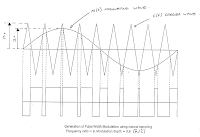


















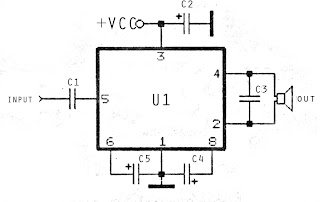




 Powerful Bat Detector device Circuit Diagram
Powerful Bat Detector device Circuit Diagram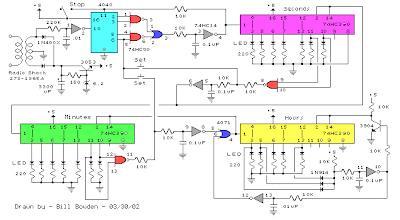
 Most engines are attractive in characteristics. Both the blades and the stator generate a attractive area which makes a twisting, or demand on the powerplant base and makes the revolving of the powerplant. This is how it functions.
Most engines are attractive in characteristics. Both the blades and the stator generate a attractive area which makes a twisting, or demand on the powerplant base and makes the revolving of the powerplant. This is how it functions.


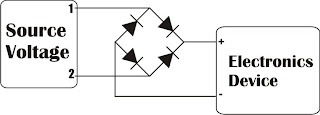
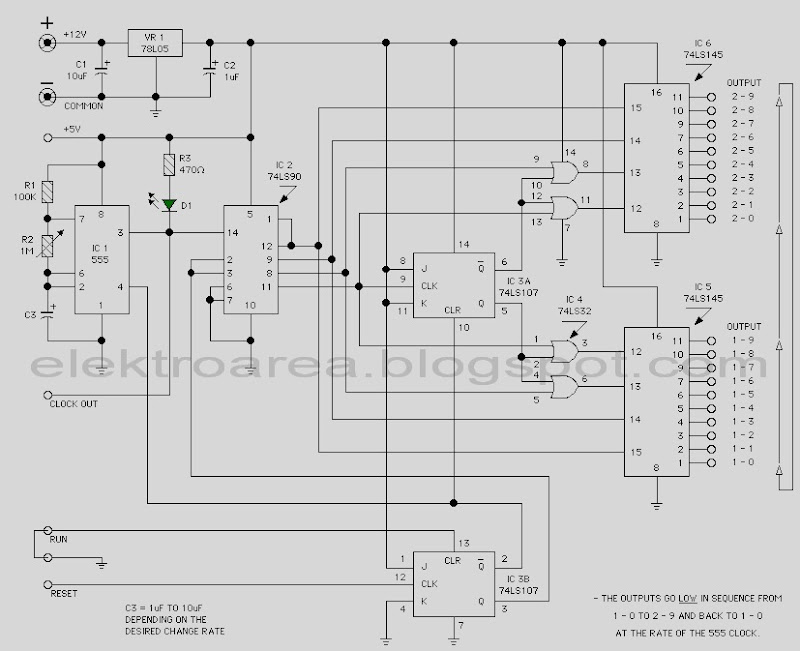


 For those long and sometimes lonely miles your auto sound system is the voice of reason, the energetic beat, and the information that keeps you up on current events, weather forecasts, and what is going on in the world of the rich and famous. Even if you arent all that into music there is the wide and wonderful world of talk radio that keeps many of us informed and inflamed about issues that are important to us and causes which we feel passionately about.
For those long and sometimes lonely miles your auto sound system is the voice of reason, the energetic beat, and the information that keeps you up on current events, weather forecasts, and what is going on in the world of the rich and famous. Even if you arent all that into music there is the wide and wonderful world of talk radio that keeps many of us informed and inflamed about issues that are important to us and causes which we feel passionately about.

